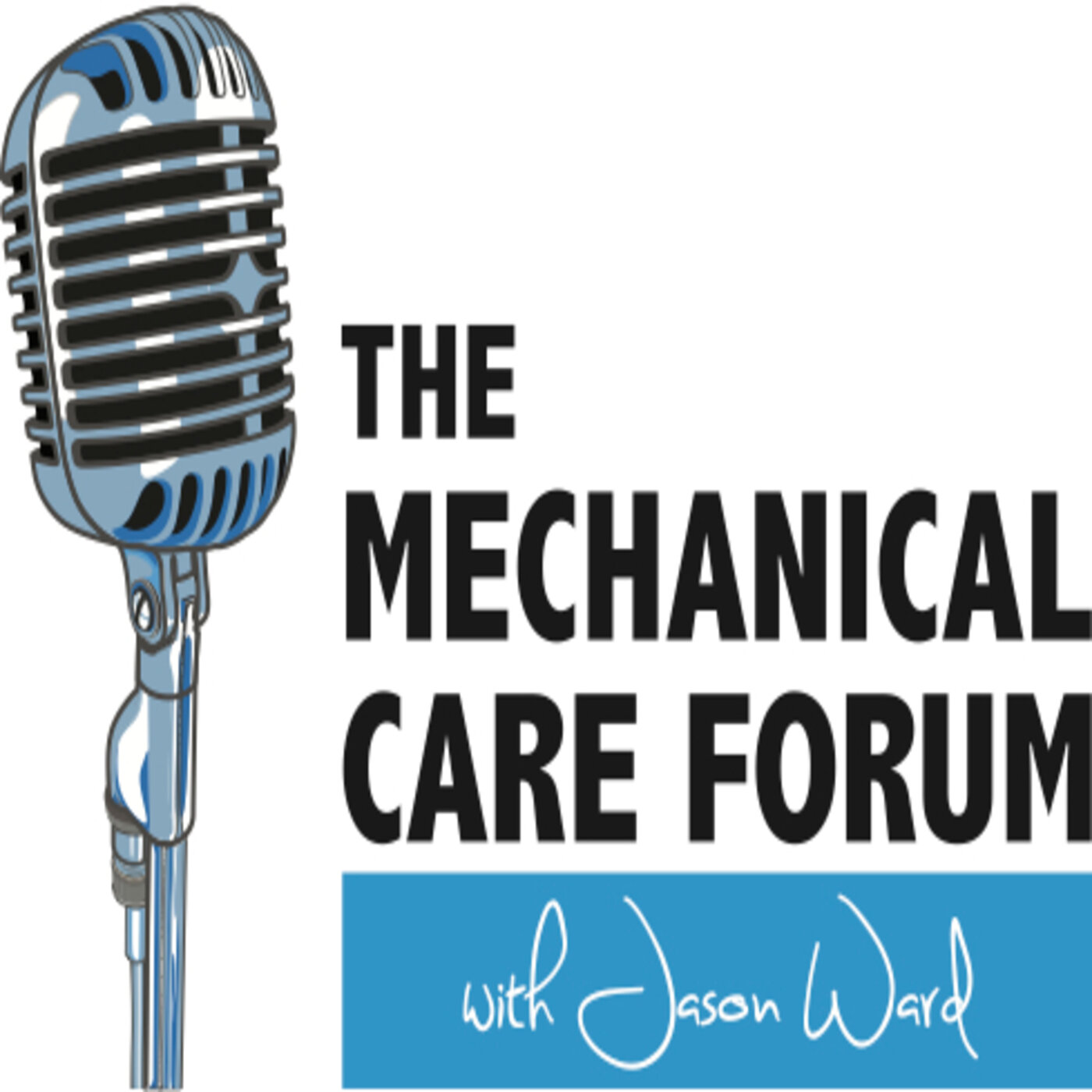Gabor Sagi
France | PT, DO, Dip MDT
SHOW NOTES
Personal and Professional Background
Of Hungarian descent he grew up in France and studied in France, London, New Zealand and spent time in Chicago while undergoing the probationary faculty process. He started the France chapter of the McKenzie Institute in 1999.
Gabor pursued osteopath training in the UK as he was persuaded that was the best decision to become a manual therapist. He was first exposed to Mechanical Diagnosis & Therapy from peer therapists. Initially he was turned off as it seemed outrageous and too simple. He did attend a course and was very impressed with the instructor’s effects on the patients. He became more impressed as he employed the principles.
His mentors included Mark Laslett and David Poulter and he was convinced to pursue the diploma program and did so in New Zealand. Through the diploma program he discovered the importance of the scientific literature.
In Chicago he met Todd Wetzel and was influenced greatly by him and many other of the faculty. A special mentor to Gabor was the late Phil Burchell. He completed his probationary period in 1998.
Upon his return to France, essentially no one had heard of the McKenzie Method and he focused his efforts on presenting the method to many others in the medical community. There were many challenges in presenting the method to most there. Extreme extension in the lumbar spine was widely unaccepted as safe or valuable. The use of real patients in the courses and how it made sense were very key elements that helped validate the method to new students.
One occasion of presenting in front of a room full of neurosurgeons he had to perform a neuro exam and had a patient that did not rapidly reduce but he was able to predict his MRI findings. In spite of not being able to rapidly improve this patient he feels his ability to predict prognosis and demonstrate safety was a much greater selling point on his audience.
There were many challenges in developing the France chapter, one of which was the language barrier. The difficulty of becoming faculty and the lengthy nature to achieve faculty position in a way
Quotes
His favorite quote is from Robin McKenzie – “You’ve put your back out. You can put it back in.” Gabor feels that with most, patients are dealing with pain from accumulated effect from their own behavior. This quote speaks to the empowerment that a patient can have and must have when managing their problem.
Another quote is from a fellow instructor. “There is no one with you, as often as you.” He believes that a patient’s commitment to addressing their pain and problem regularly outweighs the effectiveness that any manual technique might have and that this commitment is so very influential on the patient’s outcome.
Greatest Challenges
One of the biggest challenges he sees is the over-reliance on imaging. There is a Maitland principle of a semi-permeable wall between theory and clinical life. One should try to understand the pathology and anatomy and the physiology on one hand and explain it to the patient. On the other hand one should try to make good observations.
The clinical presentation is the territory. The theory is the map. The territory is the real life. With surgeons, the clinical presentation should decide when it is time to perform a procedure and the image helps him determine what he is going to do.
We hope to deliver this content to the committed professional who wants to improve his/her care and we hope to do it in a way that is easily accessible, the world over, in today's technological age.
To contribute:
Give a 5-star review on iTunes;
Share EP #20 with a friend; and/or
Connect with us on the Spotify MCF Podcast and MCF Instagram page!
Thanks for your support!

